Scientific committee
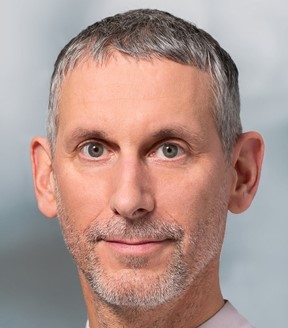
Sven Hirsch
Sven Hirsch is a translational scientist, heading the center of Computational Health at the Zurich University of Applied Sciences (ZHAW) and is a passionate promoter of digitalization in health care. In his scientific work he combines statistical approaches like machine learning with mechanistic modelling to understand disease mechanisms and clinical pathways. He searches for new digital biomarkers from clinical images, time series signals, and patient data to improve diagnosis and care. In intracranial aneurysm research he contributed to the understanding of disease mechanisms and etiology by establishing image-derived factors and data-driven disease models.

Juan S. Cebral
Juan R. Cebral, Professor of Bioengineering, George Mason University, USA. Prof. Cebral has conducted research for many years on image-based patient-specific computational fluid dynamics modeling of cerebral blood flow and aneurysms. His research focuses on: 1) understanding aneurysmal disease by combining computational models, clinical and imaging data, and biological data from tissue samples and in-vitro models; 2) identifying conditions that predispose aneurysms for growth and rupture and using them to build predictive models to evaluate aneurysm risk; and 3) understanding the mechanisms driving the healing of aneurysms after treatment with flow diverting devices.
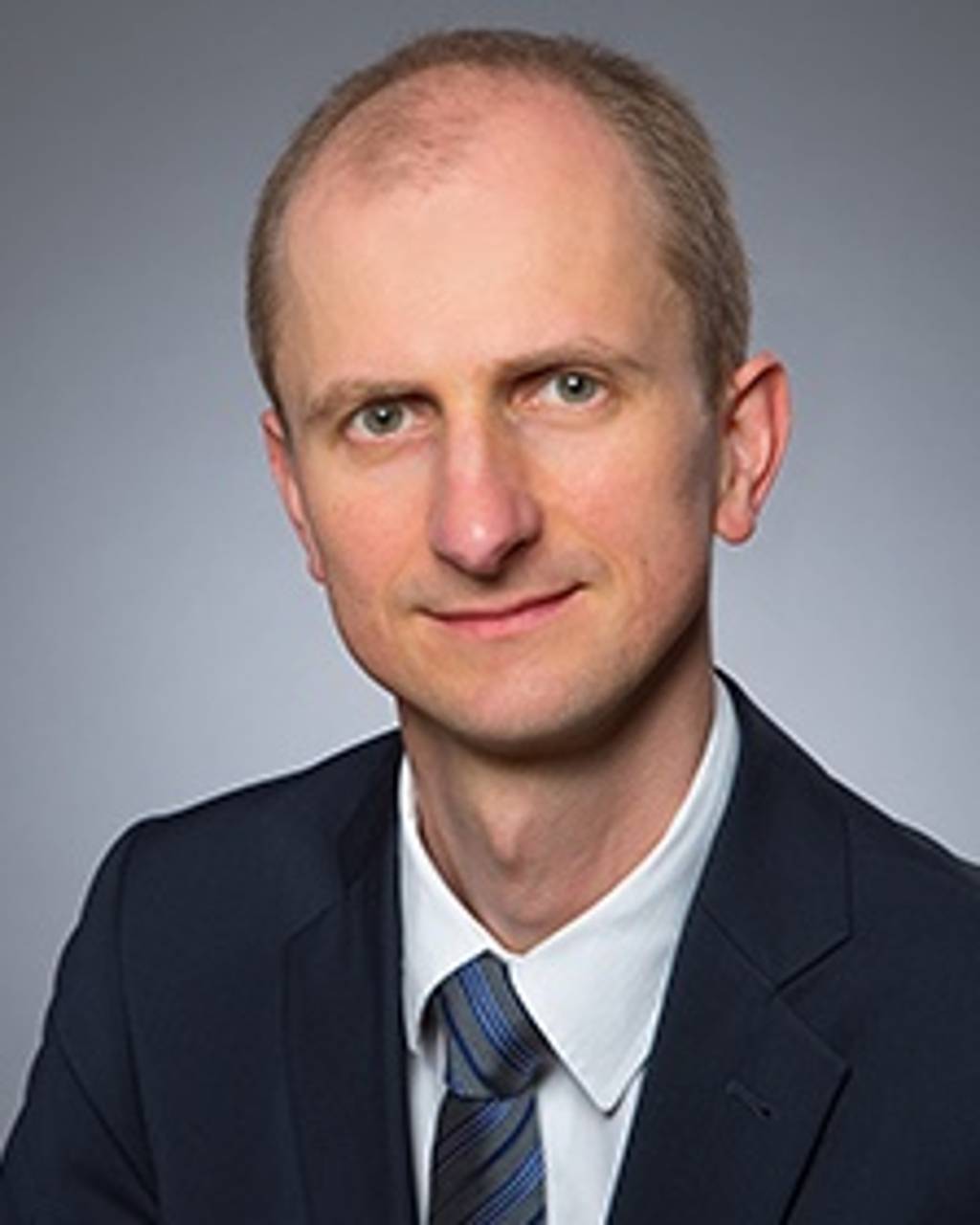
Gabor Janiga
Prof. Gabor Janiga, team leader for computational fluid dynamics (CFD), University of Magdeburg, Germany. He has nearly 20 years of experience in hemodynamics, particularly in computational modeling. His research team is specialized in the modeling of blood flows in patient-specific intracranial aneurysms. Janiga has considerable expertise in the virtual modeling of flow diverter stent treatments and CFD-based optimization.
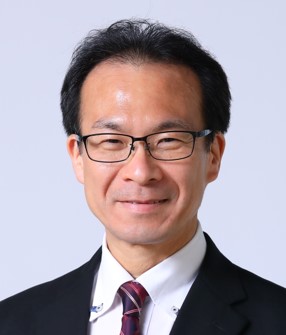
Makoto Ohta
Makoto Ohta, Professor of Institute of Fluid Science, Tohoku University, Japan. Prof Ohta developed a biomodel that mimics material mechanics. In particular, he applied firstly Poly(vinyl alcohol) hydrogel to the process of biomodel and to reproduce realistic friction. He also searched the response of endothelial cells to the flow dynamics such as WSS or OSI. Furthermore, he promoted the application of CFD to the hemodynamics to develop an optimized medical devices.
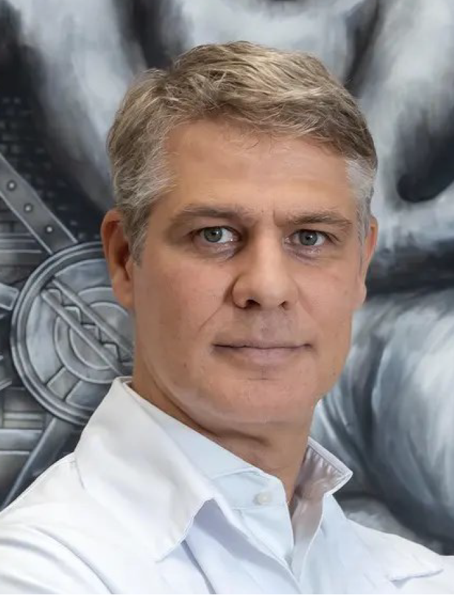
Philippe Bijlenga
Philippe Bijlenga is a neurosurgeon and associate professor at the University Hospital of Geneva, specializing in intracranial aneurysms and cerebrovascular diseases. He has acquired experience across a broad spectrum of fields, including genetics, molecular and cellular biology, electrophysiology and epidemiology of cerebrovascular diseases. Philippe integrates advanced technologies like virtual reality and AI into neurosurgical training and patient care. He actively promotes and encourages global multidisciplinary collaboration. His work emphasizes technology, patient-centered care, and international cooperation to improve outcomes and shape the future of neurosurgery.
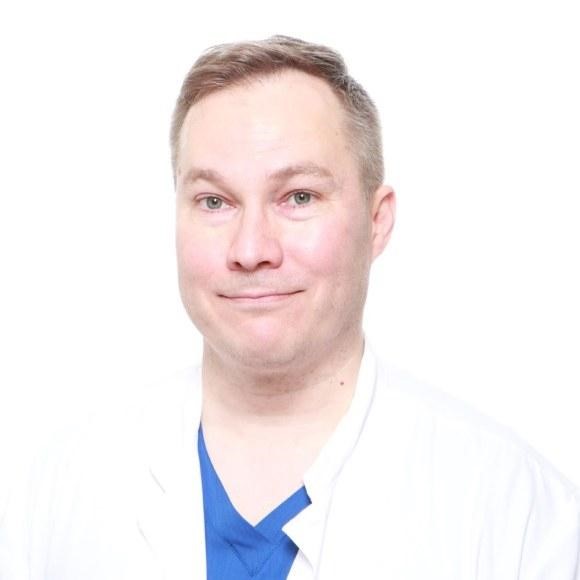
Juhana Frösén
Juhana Frösén, Professor of Neurosurgery at Tampere University and University Hospital has studied the vascular biology of vessel remodeling for 25-years, translating this knowledge into major advances in our understanding of aneurysm formation, growth, and eventual rupture, as well as the formation, growth, and rupture of brain AVMs (arteriovenousmalformations). Prof. Frösen is most known for his work on the pathology of the intracranial aneurysm wall, and the association of aneurysm wall remodeling with inflammation and flow conditions. Prof. Frösén develops pharmaceutical therapy for intracranial aneurysms and bAVMs, in addition to treating these diseases microsurgically. Together with a multidisciplinary team at the Tampere University, Prof. Frösén aims to develop data-driven and knowledge-driven decision support tools to help patients with intracranial aneurysms, bAVMs, or other cerebrovascular pathologies with hemorrhagic potential, to make the decisions that are best for them.
